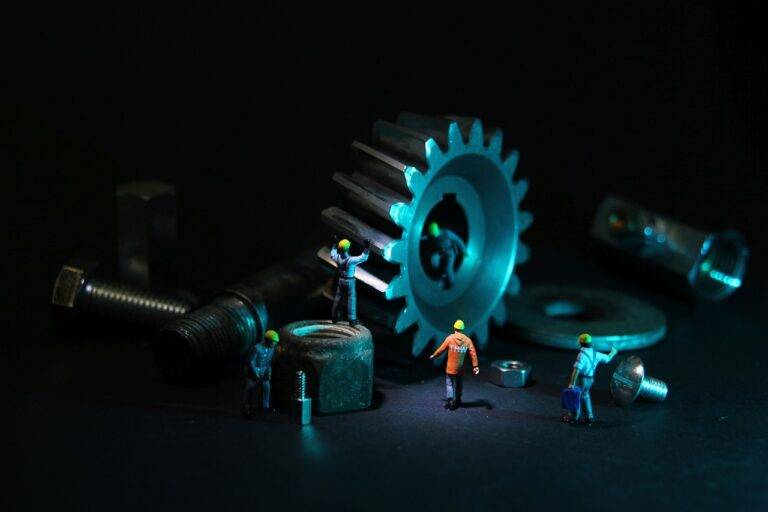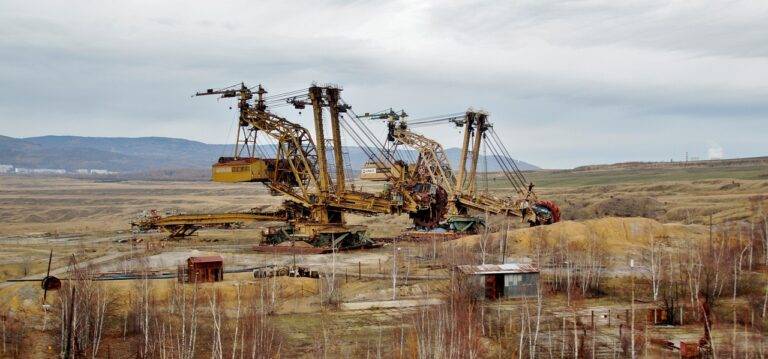The Role of Tech in Disaster Resilient Infrastructure: Smart Grids, Seismic Sensors, and Predictive Modeling
Technology plays a vital role in ensuring that infrastructure is able to withstand and quickly recover from various disruptions. By incorporating advanced monitoring and automation systems, infrastructure can be equipped to detect and respond to potential issues in real-time. For example, sensors installed in bridges can alert authorities to structural weaknesses before a collapse occurs, allowing for timely maintenance and preventing catastrophic failures.
Furthermore, the integration of data analytics and predictive modeling enables infrastructure systems to anticipate potential challenges and optimize performance. This proactive approach not only enhances the resilience of infrastructure but also helps in minimizing downtime and the associated economic losses. Embracing technology in infrastructure development is essential for creating a robust and adaptable system that can effectively navigate unforeseen events and maintain functionality under adverse conditions.
Understanding the Impact of Smart Grids on Disaster Preparedness
Smart grids play a crucial role in enhancing disaster preparedness by providing real-time monitoring and efficient energy distribution during emergencies. By utilizing advanced technology, smart grids can detect and respond to power outages more rapidly, helping minimize disruptions and ensuring a more reliable energy supply during disasters.
Moreover, the integration of smart grids enables better coordination between utility companies, emergency responders, and government agencies. This collaboration allows for faster restoration of power and improved communication channels during crises, ultimately increasing the resilience of the overall infrastructure.
What role does technology play in disaster preparedness?
Technology plays a crucial role in building resilient infrastructure and improving disaster preparedness by providing real-time data, enhancing communication, and enabling quick response to emergencies.
How do smart grids impact disaster preparedness?
Smart grids enhance disaster preparedness by improving the efficiency, reliability, and resiliency of the electrical grid. They enable better monitoring, control, and management of electricity distribution, reducing downtime and restoring power faster after disasters.
What are some benefits of smart grids in disaster response?
Some benefits of smart grids in disaster response include faster detection of outages, quicker restoration of power, improved coordination of resources, and better communication with affected communities.
How can smart grids help mitigate the impact of disasters?
Smart grids can help mitigate the impact of disasters by identifying vulnerabilities, enhancing grid resilience, reducing outage times, enabling remote monitoring and control, and facilitating the integration of renewable energy sources for more sustainable power generation.
Are smart grids cost-effective for improving disaster preparedness?
While the initial investment in smart grid technology may be high, the long-term benefits in terms of improved disaster response, reduced economic losses, and enhanced community resilience make them a cost-effective solution for improving disaster preparedness.





